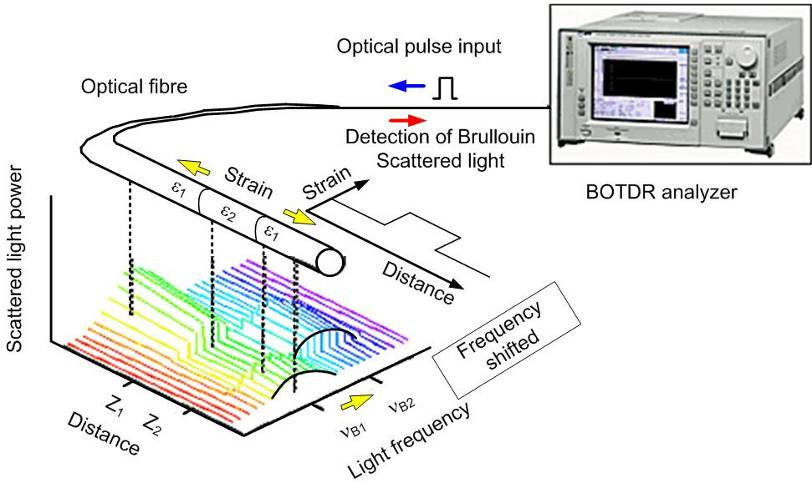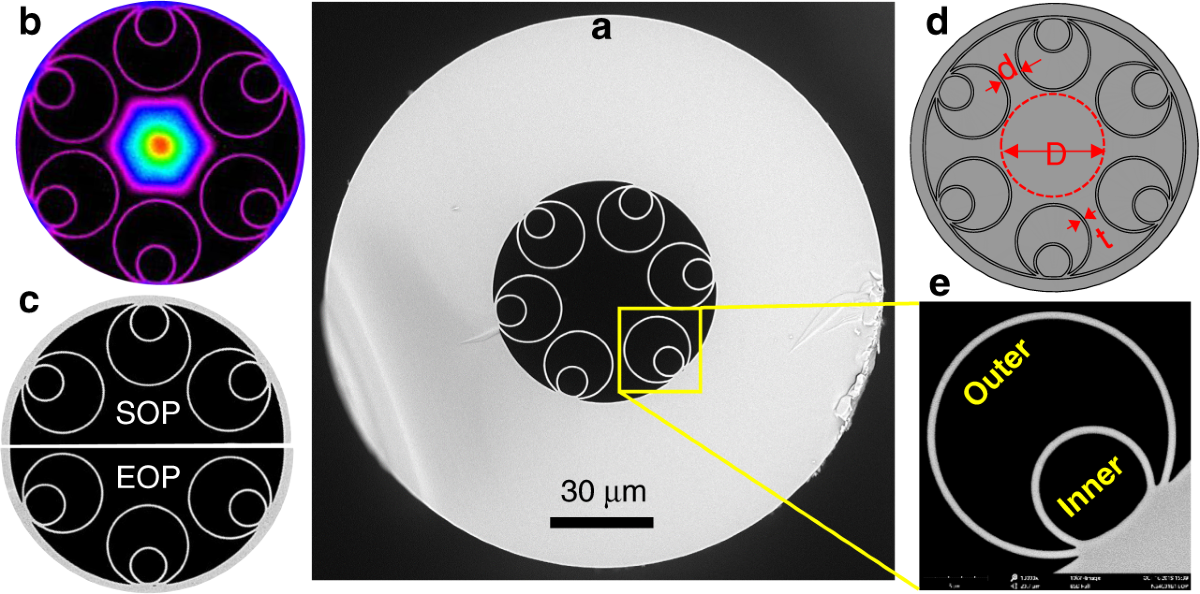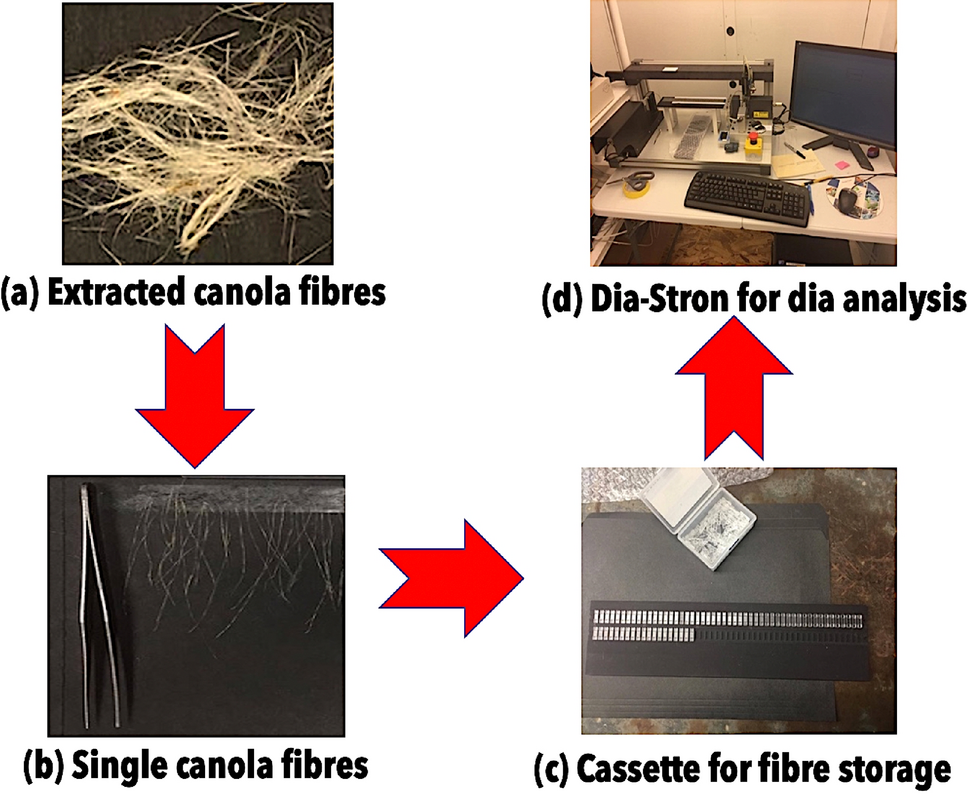Explore the Top Optical Fibre Diameter Analyser for Your Business
Explore the Top Optical Fibre Diameter Analyser for Your Business
Blog Article
Optimize Your Fibre Optic Efficiency: Recognizing Optical Fibre Size Analyser Innovation
The efficiency of fiber optic systems is critically influenced by the accuracy of their diameter, an element usually forgot in the search of ideal signal honesty. Recognizing the technology behind optical fiber diameter analysers reveals the intricate equilibrium in between measurement accuracy and manufacturing quality.
Relevance of Optical Fiber Size
The size of optical fiber plays a critical duty in establishing the efficiency and performance of communication systems. Conversely, smaller sizes have a tendency to sustain fewer settings, which can boost signal clarity and decrease crosstalk.

Moreover, understanding the diameter's ramifications can cause set you back savings by decreasing the need for signal boosting and repeaters in extensive networks (optical fibre diameter analyser). In conclusion, the relevance of optical fiber diameter can not be overstated, as it straight affects the overall effectiveness and reliability of contemporary communication systems

Just How Diameter Affects Signal Quality
Signal top quality in optical fiber systems hinges considerably on the size of the fibre. The size influences numerous essential specifications, including depletion, bandwidth, and modal dispersion. A smaller sized diameter can bring about higher attenuation prices, resulting in signal loss as light trips via the fiber. This depletion can endanger the honesty of the transmitted information, bring about a decline in signal top quality, especially over long distances.
Conversely, larger sizes usually permit boosted light capture and lowered modal dispersion, improving signal clearness. In multimode fibers, a larger core diameter can sustain numerous light settings, however it may likewise present intermodal dispersion, which can weaken signal high quality. Selecting the ideal fiber size is critical for accomplishing the preferred efficiency in certain applications.
Additionally, the communication in between the fibre diameter and the wavelength of the light utilized plays a crucial function in establishing the efficient transmission distance and general signal integrity. Understanding just how fibre diameter impacts signal top quality is important for network designers and designers making every effort to optimize optical fibre systems for reliable, high-speed information transmission.
Introduction of Diameter Analyser Modern Technology
In several optical fibre manufacturing procedures, precise dimension of fiber diameter is vital for making sure regular efficiency and top quality (optical fibre diameter analyser). Size analysers are advanced instruments made to analyze the physical measurements of optical fibres with high precision. They use sophisticated optical and laser innovations to measure the size, ovality, and concentricity of the fibre, thus supplying essential information for quality control
These analysers can operate in-line during the production procedure or as component of off-line testing procedures. In-line systems enable real-time surveillance, allowing makers to adjust parameters promptly, thus preserving ideal production conditions. Off-line analysers, on the various other hand, give read this extensive analyses of batches, guaranteeing that any discrepancies from specified resistances are identified and addressed.
Diameter analysers considerably add to the decrease of defects in optical fibres, improving overall product integrity. By consistently gauging crucial criteria, these innovations promote conformity with sector standards and requirements. As the demand for high-performance optical fibers proceeds to increase, the role of size analysers ends up being progressively essential in accomplishing the preferred high quality and performance standards in fibre optic systems.
Secret Features of Fibre Size Analysers
Although various versions of fibre size analysers exist, they commonly share numerous vital features that improve their performance and integrity. Among the most significant functions is high-resolution measurement capabilities, which guarantee specific size readings, essential for preserving quality assurance in fibre production. Furthermore, many analysers integrate innovative optical sensing units designed to discover minute variations in fiber size, hence supplying very useful data for process optimization.
Another crucial attribute is real-time tracking, enabling drivers to get immediate responses on fibre diameter throughout the manufacturing procedure (optical fibre diameter analyser). This capacity promotes rapid changes and minimizes the likelihood of issues. Many analysers additionally come equipped with user-friendly interfaces, making it possible for operators to conveniently navigate with information and settings results
Furthermore, robust information storage and evaluation capabilities are necessary for tracking historical efficiency fads and ensuring conformity with industry standards. Some versions even basics supply connectivity choices for integration into existing manufacturing control systems, improving overall operational performance. Finally, mobile and compact designs permit flexible deployment within production atmospheres, making certain that top quality assurance procedures are seamless and effective. These functions jointly add to the efficacy of fiber diameter analysers in optimizing fibre optic performance.
Best Practices for Fibre Optimization

First, normal calibration of optical check my reference fiber diameter analysers is crucial. This makes certain precise dimensions and decreases prospective disparities that can influence efficiency. Next off, preserving a tidy workplace is essential; dirt and impurities can bring about signal degradation.
Furthermore, it is essential to select fibres that fulfill details application demands. This includes assessing variables such as attenuation, data transfer, and ecological problems. Proper setup strategies need to likewise be abided by, consisting of staying clear of sharp bends and too much stress, which can compromise fibre integrity.
Additionally, using innovative monitoring systems can facilitate real-time performance evaluations, making it possible for punctual recognition of concerns. Routine screening and maintenance ought to be carried out to make sure that fibres stay within ideal operational parameters.
Finally, training workers on the current fibre optimization technologies and methods will enhance their capacity to implement reliable strategies. By complying with these ideal methods, organizations can considerably boost the performance and lifespan of their optical fibre systems, ensuring efficient communication and data transfer.
Conclusion
To conclude, the assimilation of optical fibre diameter analyser modern technology is crucial for optimizing fibre optic efficiency. By making sure specific measurements of fiber measurements, these analysers substantially enhance signal quality and lower losses throughout data transmission. Routine calibration and upkeep of the analysers are vital to maintain optimum efficiency and conformity with industry standards. Ultimately, the application of this modern technology facilitates improved information transmission prices and reinforces signal stability, adding to the overall performance of fiber optic systems.
Signal quality in optical fibre systems hinges considerably on the diameter of the fiber.In lots of optical fibre manufacturing procedures, accurate measurement of fiber diameter is vital for making sure constant performance and quality. As the demand for high-performance optical fibres proceeds to increase, the function of size analysers becomes increasingly crucial in accomplishing the desired high quality and efficiency standards in fiber optic systems.
These functions collectively add to the efficacy of fiber size analysers in enhancing fibre optic efficiency.
In final thought, the integration of optical fiber diameter analyser innovation is critical for maximizing fiber optic efficiency.
Report this page